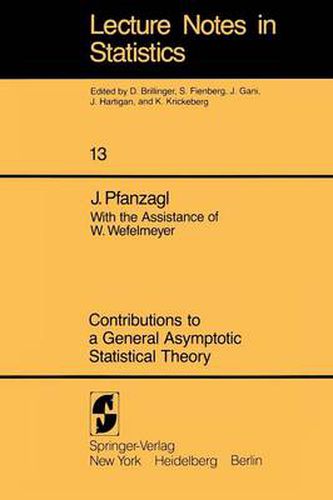Readings Newsletter
Become a Readings Member to make your shopping experience even easier.
Sign in or sign up for free!
You’re not far away from qualifying for FREE standard shipping within Australia
You’ve qualified for FREE standard shipping within Australia
The cart is loading…






This title is printed to order. This book may have been self-published. If so, we cannot guarantee the quality of the content. In the main most books will have gone through the editing process however some may not. We therefore suggest that you be aware of this before ordering this book. If in doubt check either the author or publisher’s details as we are unable to accept any returns unless they are faulty. Please contact us if you have any questions.
The aso theory developed in Chapters 8 - 12 presumes that the tan- gent cones are linear spaces. In the present chapter we collect a few natural examples where the tangent cone fails to be a linear space. These examples are to remind the reader that an extension of the theo- ry to convex tangent cones is wanted. Since the results are not needed in the rest of the book, we are more generous ab out regularity condi- tions. The common feature of the examples is the following: Given a pre- order (i.e., a reflexive and transitive order relation) on a family of p-measures, and a subfamily i of order equivalent p-measures, the fa- mily ~ consists of p-measures comparable with the elements of i. This usually leads to a (convex) tangent cone 1f only p-measures larger (or smaller) than those in i are considered, or to a tangent co ne con- sisting of a convex cone and its reflexion about 0 if both smaller and larger p-measures are allowed. For partial orders (i.e., antisymmetric pre-orders), ireduces to a single p-measure. we do not assume the p-measures in ~ to be pairwise comparable.
$9.00 standard shipping within Australia
FREE standard shipping within Australia for orders over $100.00
Express & International shipping calculated at checkout
This title is printed to order. This book may have been self-published. If so, we cannot guarantee the quality of the content. In the main most books will have gone through the editing process however some may not. We therefore suggest that you be aware of this before ordering this book. If in doubt check either the author or publisher’s details as we are unable to accept any returns unless they are faulty. Please contact us if you have any questions.
The aso theory developed in Chapters 8 - 12 presumes that the tan- gent cones are linear spaces. In the present chapter we collect a few natural examples where the tangent cone fails to be a linear space. These examples are to remind the reader that an extension of the theo- ry to convex tangent cones is wanted. Since the results are not needed in the rest of the book, we are more generous ab out regularity condi- tions. The common feature of the examples is the following: Given a pre- order (i.e., a reflexive and transitive order relation) on a family of p-measures, and a subfamily i of order equivalent p-measures, the fa- mily ~ consists of p-measures comparable with the elements of i. This usually leads to a (convex) tangent cone 1f only p-measures larger (or smaller) than those in i are considered, or to a tangent co ne con- sisting of a convex cone and its reflexion about 0 if both smaller and larger p-measures are allowed. For partial orders (i.e., antisymmetric pre-orders), ireduces to a single p-measure. we do not assume the p-measures in ~ to be pairwise comparable.